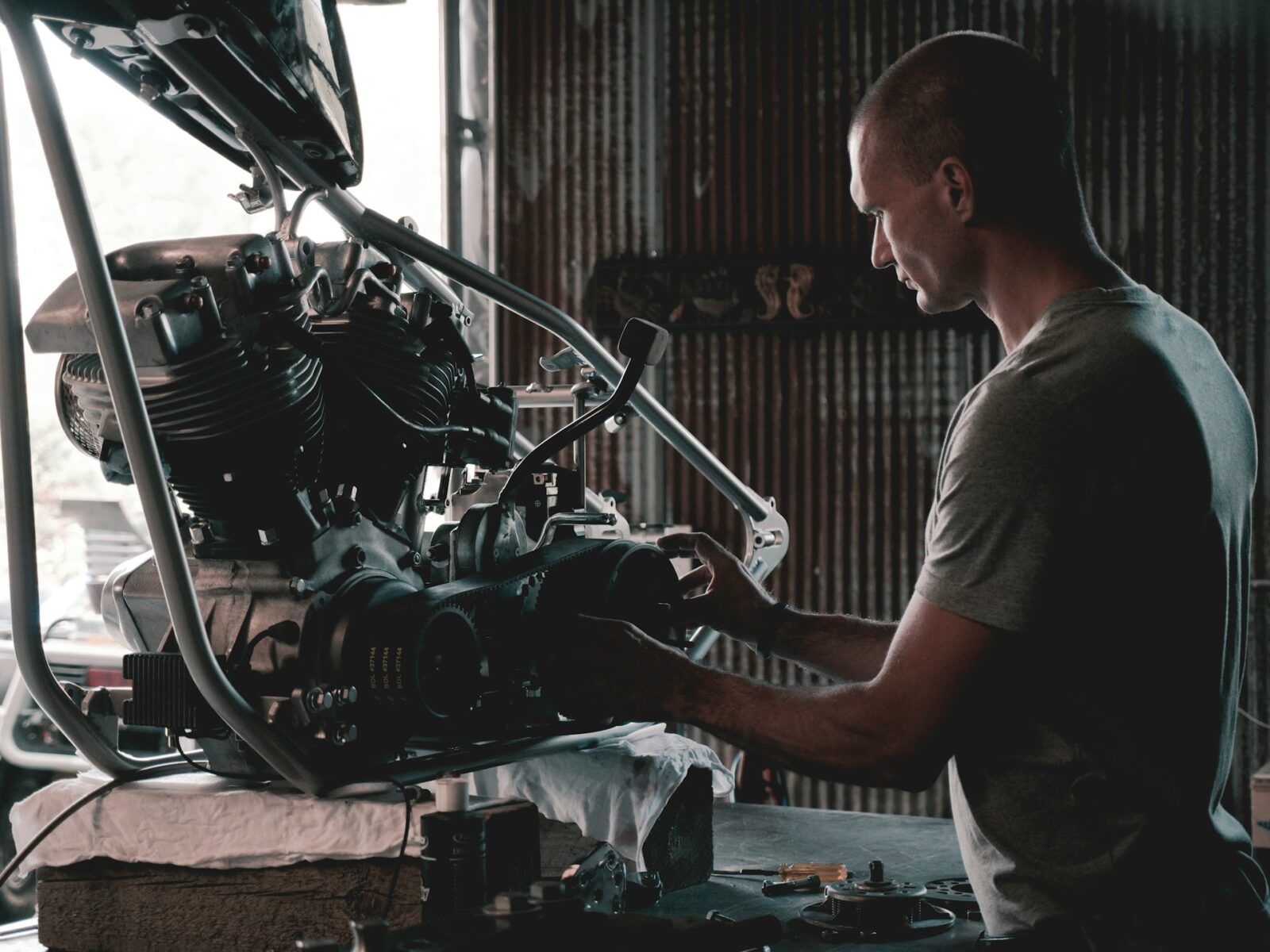Ball bearings may seem like small and simple components, but their role in modern engineering is paramount. High-quality bearings are at the core of countless machines we rely on daily, from automobiles to industrial equipment and even medical devices.
But what makes a bearing truly exceptional? The answer lies in precision. This blog dives into the art and science of producing precision-engineered ball bearings, discusses their critical role across industries, and highlights what goes into their creation.
If you’ve ever wondered why manufacturers emphasize precision manufacturing when it comes to bearings, this post will provide clarity.
Understanding the Role of Ball Bearings in Machines
What Are Ball Bearings?
Ball bearings are small, spherical rolling elements used to reduce friction between moving parts in machinery. They enable smooth rotational or linear movements, improving efficiency, reducing wear and tear, and extending the lifespan of equipment.
Their design—consisting of outer and inner rings, balls, and a cage to hold the balls in place—is deceptively simple yet incredibly effective.
Why Ball Bearings Are Critical
Imagine an automobile engine without bearings or a wind turbine struggling to rotate smoothly. Bearings improve the functionality of these machines by reducing energy loss and preventing damage from excess friction.
From enhancing electrical motors to critical medical-use robots, precision in bearing engineering ensures consistent reliability and performance.
Striving for Perfection in Bearing Materials
Material Selection
The manufacturing process starts with choosing the right material. Bearings often use materials such as high-grade steel or ceramic due to their durability, resistance to deformation, and heat tolerance. The right choice can significantly influence performance and reliability.
Heat Treatment for Strength
After material selection, manufacturers apply heat treatments to optimize hardness levels. This process ensures the bearings can handle high pressures and prolonged use without cracking, deforming, or succumbing to fatigue.
The Role of Advanced Manufacturing Techniques
Automated Processes for Consistency
One hallmark of precision in manufacturing is consistency. Automated machinery ensures that every bearing is identical, adhering to exact dimensions down to the micrometer. This minimizes variability while improving reliability.
Surface Finishing
Polishing and surface finishing may seem like aesthetic add-ons, but they are essential. A smooth bearing surface reduces friction, prevents wear, and improves the overall lifespan of the product.
Why Tolerance is Key in Precision Manufacturing
Defining Tolerance
Tolerance in bearing manufacturing refers to the allowable variation in its dimensions. High-precision bearings operate on incredibly tight tolerances, sometimes as narrow as a few microns.
The Consequences of Improper Tolerance
Loose tolerances can result in reduced performance, increased wear, and even premature failure. By prioritizing precision manufacturing, manufacturers align with the highest industry standards to meet the needs of demanding applications.
Integrating Quality Control into Bearing Manufacturing
Real-Time Monitoring
Quality control is a proactive process in bearing production. Advanced tools such as laser scanners and 3D measurement systems monitor each piece during production, flagging defects in real-time.
Rigorous Testing
Once crafted, bearings undergo stress tests, torque analysis, and load performance evaluations to ensure top-notch quality. Every step focuses on delivering a product that performs flawlessly in its intended application.
Trends Shaping the Future of Bearing Manufacturing
Smart Bearings for the IoT Era
With advancements in technology, bearings are evolving into smart components equipped with sensors to monitor temperature, vibration, and wear in real time. This innovation enhances predictive maintenance across industries.
Sustainable Manufacturing Processes
Amid growing environmental concerns, manufacturers are focusing on sustainable practices such as reducing energy consumption and adopting recyclable materials. These efforts aim to reduce the environmental footprint of ball-bearing production.
Applying Precision Across All Industries
Diversified Industrial Use Cases
The demand for precision-bearing manufacturing spans a variety of industries. For instance, aerospace applications need ultra-lightweight, durable options, while wind turbines require bearings engineered for heavy loads and extended lifespans.
Supporting High-Stakes Operations
Some industries, like healthcare and automotive, prioritize bearing precision because the smallest flaw could lead to significant consequences. Reliable bearings save critical time, costs, and even lives in emergency scenarios.
Precision Defines Performance
Precision is more than a buzzword in ball bearing manufacturing—it is the foundation that ensures performance, reliability, and longevity. The effort poured into meticulous material selection, advanced techniques, and steadfast quality control makes modern bearings invaluable to every industry they serve.
Wondering how manufacturing precision aligns with your engineering or business requirements? Click here to explore insights into bearing solutions tailored to your needs.














